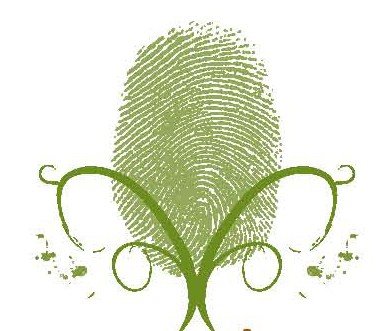Pesticides
and Herbicides
Property
owners may want to consider contacting organizations such as the
Oregon State University Master Gardeners at the Newport OSU Extension
Office and/or the Northwest Coalition for Alternatives to Pesticides
about
alternatives
to using pesticides and herbicides.

Northwest Coalition for Alternatives to Pesticides • www.pesticide.org
PO Box 1393, Eugene OR 97440-1393 • Ph. 541-344-5044 • Fax 541-344-6923
• info@pesticide.org
Mission: The Northwest Coalition for Alternatives to Pesticides protects
the health of people and the environment by advancing alternatives to
pesticides. Newsletter: Naysprayer. Listserve: Sign up to receive
their e-mails.
From gophers to moles to moss in lawns to just about any pest or weed
- they have online information to help
Pests
can be terrible one year and not so bad the next - kind of a cycle.
It is tempting to get out the sprayer when plants start turning brown
and yellow from some foreign caterpillar.
Plant
native plants that attract birds and bats that eat bad bugs.
The City
of Lincoln City does not use chemicals in their parks and open
spaces
(note the red lady bug sign).
NOAA research highlights that pesticides and salmon don’t
mix
Water quality and salmon watchers have been following this research for
a while but now it’s hot off the presses. National Oceanic and
Atmospheric Administration Northwest Fisheries Science Center scientist
David Baldwin just published his findings in the Ecological Society of
America’s December issue of Ecological
Applications. The upshot:
exposure to low levels of common pesticides used by farmers and city
dwellers alike may hinder the growth and survival of wild salmon. Furthermore,
toxicity increases when the chemicals are mixed together in the water.
Using existing data and a model for growth and reproduction, Baldwin
and his colleagues found that with only 4 days of exposure to pesticides
such as diazinon and malathion can change the freshwater growth and,
by extension, the subsequent survival of subyearling fish. http://blogs.oregonstate.edu/h2onc/2009/12/18/
Blue
Green Thumb Watershed Education Program -
A program of the Preservation Association of Devils Lake (PADL)
Copyright © 2003-2010 Preservation Association of Devils Lake
(PADL)
All
rights reserved.

P.O. Box 36
Lincoln City, OR 97367
PADLsteward@wcn.net
www.devilslakeor.us
|

